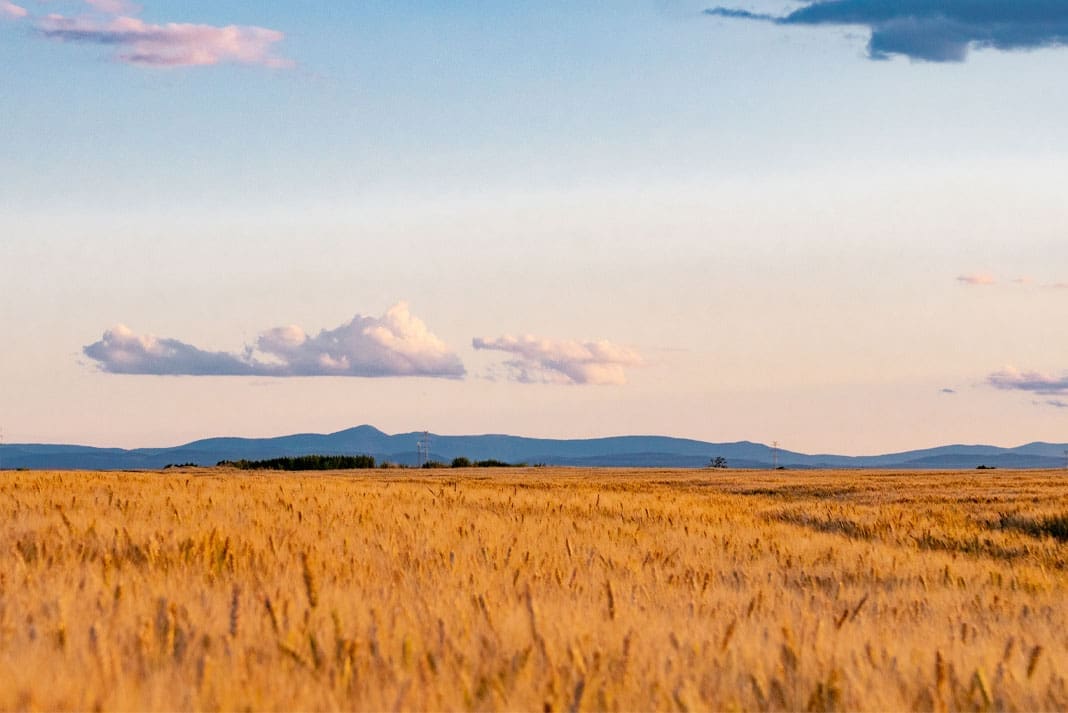The U.S. Fish and Wildlife Service’s final Comprehensive Conservation Plan (CCP) for the Charles M. Russell Wetland Management District (WMD) in central Montana, along with broader USFWS policy updates, means some tangible changes for hunters on the ground—mostly good news for access, but with critical rules to note.
The Good News: Expanded Access and More Consistency
The overall theme from the DOI and USFWS is a push to expand hunting and align federal regulations with state law where possible, a win for simplicity and opportunity.
- New Hunting Opportunities: The USFWS is opening or expanding hunting opportunities across several units within the Montana Wetland Management Districts, most notably for species like snipe at refuges such as Black Coulee, Bowdoin, and Creedman Coulee NWRs. While snipe may not be your primary quarry, this shows a trend toward maximizing compatible public-use activities.
- Big Game Expansion: The new CCP for the Charles M. Russell WMD proposes to open additional acres to hunting and improve access. Crucially, it proposes to allow the use of lead ammunition for expanded big game hunting opportunities, bringing federal regulations in line with state regulations for deer, elk, etc., in those specific areas. This is a significant policy shift that removes a point of confusion for big game hunters.
- Editor’s Note: Federal regulations still prohibit lead shot for migratory and upland game bird hunting on all National Wildlife Refuge System lands.
- The Power of the Duck Stamp: The source of this management activity is, once again, hunter dollars. A portion of the $54 million recently approved by the Migratory Bird Conservation Commission (derived from Duck Stamps and Pittman-Robertson funds) is directly funding habitat conservation and access initiatives in places like Montana’s prairie pothole region.
The Critical Caveats: Where the Rules Still Bite
While access is up, the details matter immensely, especially regarding Waterfowl Production Areas (WPAs):
- WPAs vs. Easements: The WMD manages lands in two main ways, and hunters must know the difference:
- Waterfowl Production Areas (WPAs): These are lands the USFWS owns in fee-title and are generally open to hunting and other recreation unless specifically closed. These are the public access points hunters pay for.
- Conservation Easements: These are privately owned lands where the USFWS has purchased the right to conserve habitat (like wetlands and grasslands). These lands are closed to public access unless the private landowner gives you specific permission. Do not trespass. Always check maps and read the signage carefully.
- Future Planning (A WMD in Flux): The Northwest Montana Wetland Management District is also in a planning phase regarding new administrative facilities. This is important because original public comments expressed concern that building new facilities on existing WPAs (rather than newly acquired land) would remove areas currently open to hunting. Keep an eye on facility development, as it can subtly reduce the acreage available to you.
Source: U.S. Fish and Wildlife Service (USFWS) and Montana Fish, Wildlife & Parks (FWP)
